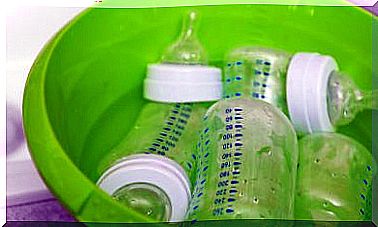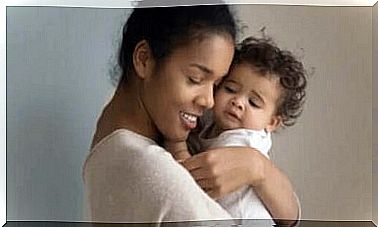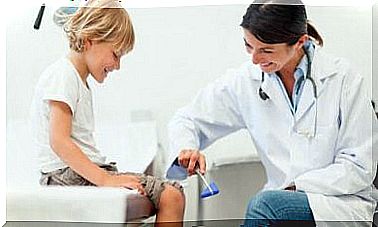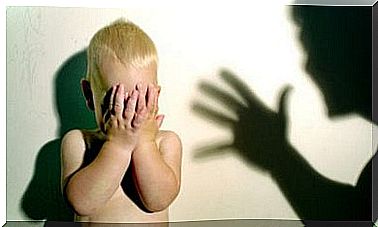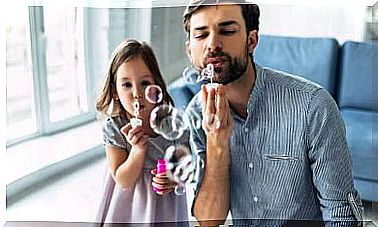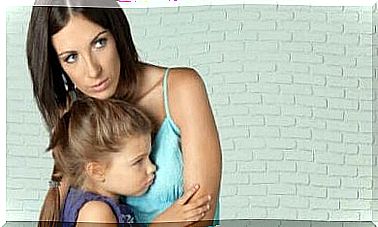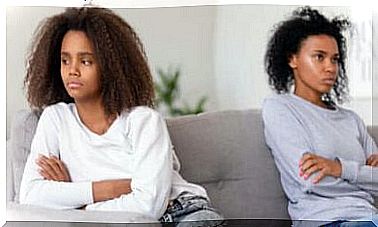3 Exercises To Improve Children’s Self-control
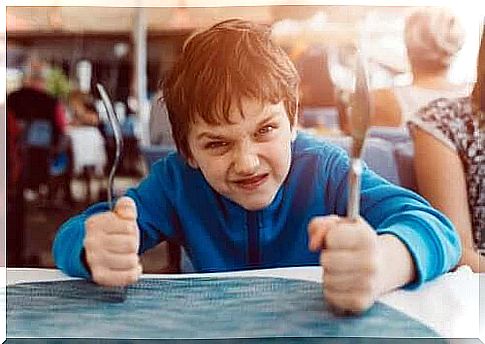
In this article, we will suggest three exercises you can use to improve your child’s self-control.
Self-control is the ability to modify one’s behavior and manage one’s emotions, impulses and thoughts. During the first years of life, children have not yet developed this ability. Therefore, they must learn to do so. We can help them work on it and practice getting better through certain exercises and activities.
The exercises and activities that you can read about below can be beneficial both for their behavior at home and at school.
3 exercises to improve children’s self-control
The stop light method
The stoplight method helps children to understand and manage their own negative impulses, behaviors and emotions. By using the colors in a traffic light, this method teaches children to come up with constructive solutions in different situations that would otherwise make them angry or frustrated.
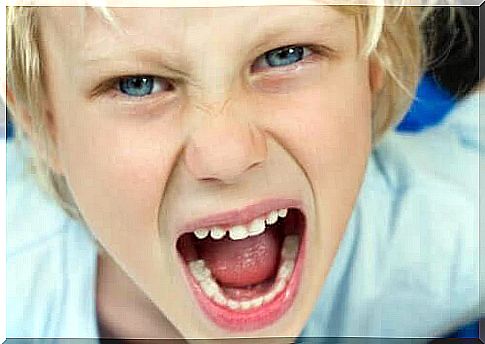
The exercise is that when a child is in a difficult situation, he or she can remember the colors of the stop light. Each color corresponds to a specific action that the child should take:
- Red: Stop in everything you do and take a moment to breathe deeply and calm down.
- Yellow: Think about possible options for how you can respond to the situation.
- Green: Take action and implement the best solution.
As you can see, the process is simple and easy for even young children to understand. By applying these, children learn to identify the experiences that come before an impulsive behavior and they learn to calm themselves down. In doing so, they manage to resolve their conflicts satisfactorily and act in a constructive manner.
Finally, you can play a game with your child to really test his or her understanding of the method. You can act out and discuss different potential situations where you may need to use the method and see how your child would react.
Identify what is right and wrong
In this exercise, the child works to regulate his behavior based on his knowledge of which behaviors are acceptable and which are inappropriate. To do this exercise, the child should observe a series of pictograms, or pictures, that show different behaviors, both good and bad.
Next, he or she should describe the meaning of each pictogram you are looking at. If the meaning is difficult for the child to interpret, you can help. Finally, you can ask your child to divide the pictograms (or the behaviors they represent) as follows:
- On a green billboard, they should place behaviors that they consider acceptable.
- On a red billboard, they should place behaviors that they consider unacceptable.
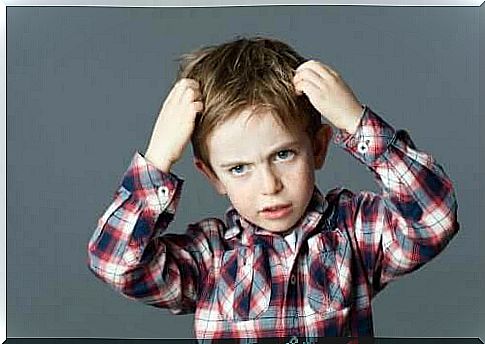
If… then… -exercise
The… then… exercise improves children’s self-control by helping them reflect on how things are connected. Here they think about how they would act in the face of a series of hypothetical situations.
To do this, the child is given a piece of paper where he or she can see a table with two columns. The word “About” appears at the top of the first column. At the top of the second column is the word “Then”.
In the column under “If” the child places pictures that represent situations such as:
- Represents a conflict.
- Is frustrating.
- Causes anxiety and stress.
- Is boring or tiring.
Then you give the child a series of different pictograms: A mother, a father, a teacher and actions such as breathing, talking, thinking, saying sorry, etc.
The child should choose the pictograms that he or she considers best in response to the situation in question. Once he or she has chosen, the child places the selected pictogram in the column “Then”, in the same order as the child thinks they should be performed.
For example, in the “If” column, there may be a child who feels frustrated because he does not understand his homework. So in the column “Then” the child can place the following pictograms in order: Breathe, think, ask the teacher for help. In this way, the child learns to handle situations in a theoretical way and can later turn this into reality when he or she ends up in a similar situation.
